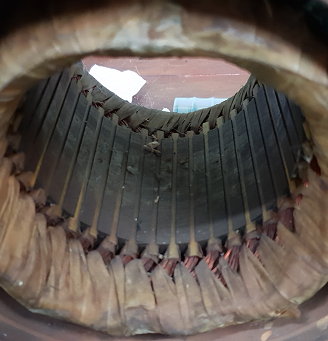
Project Descriptions:
Condition monitoring on in-service generators and motors is important and necessary because deterioration and failure of stator windings is a major factor of equipment problems. Partial discharge (PD) measurement is commonly used to evaluate the condition and problem of stator winding. The effectiveness of prediction of individual winding problems based on high PD charge readings have been widely reported in the past. However, the interpretation of winding problems based on PD measurement readings is commonly based on experience personnel or expert judgment. This could result in variation of the interpretation depending on the person or hardship if the experts are not available. Therefore, in this project, methods that can automatically classify the type of defect within stator insulation of rotating machines with high accuracy are developed. This can minimise the time and cost of repair, maintenance and diagnosis.
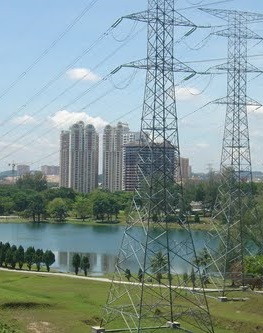
Project descriptions:
Lightning overvoltage causes outages of transmission lines (TL) in tropical countries. Identifying and analysing the key factors responsible for tripping the lines can improve the performance of the lines. In this work, the flashover patterns due to direct lightning strikes on 275 kV double circuit TLs and towers in Malaysia was evaluated with Electromagnetic Transient Program (EMTP-RV). Three parameters that include lightning current magnitude, power frequency angle and tower footing resistance were analysed on the line performance during direct lightning strikes..
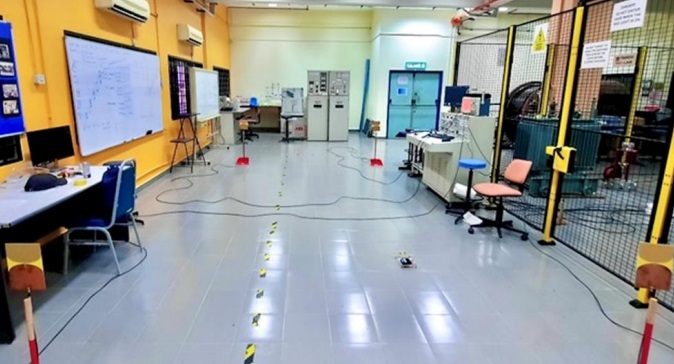
|
Project descriptions: |

Project Descriptions:
Recent advancements in deep learning (DL) have significantly improved PD diagnostics, particularly in classifying known fault categories. However, most existing approaches operate under a closed-world assumption, where all fault categories are predefined. This assumption limits their effectiveness in real-world scenarios, where unseen fault types frequently arise due to the variability and vulnerabilities in high-voltage network insulation and electrical systems. Addressing this limitation requires integrating open-set recognition techniques into PD diagnostics. This work proposes a framework for PD classification with open-set recognition capabilities using data from five cross-linked polyethylene (XLPE) cable joints with artificial defects.
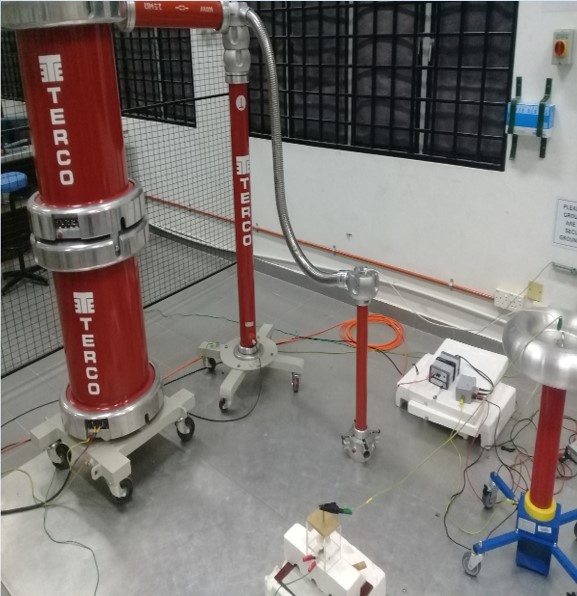
Project Descriptions:
Medium voltage switchgear plays an important role in the power grid system, and ensuring its operation is the basis for a reliable power supply. However, monitoring partial discharge (PD) caused by different types of insulation defects in medium voltage switchgear is a huge challenge. Different PD signals have very similar characteristics and are difficult to distinguish, even for the most experienced experts. This study proposes a deep learning method for PD pattern recognition based on a convolutional neural network (CNN).
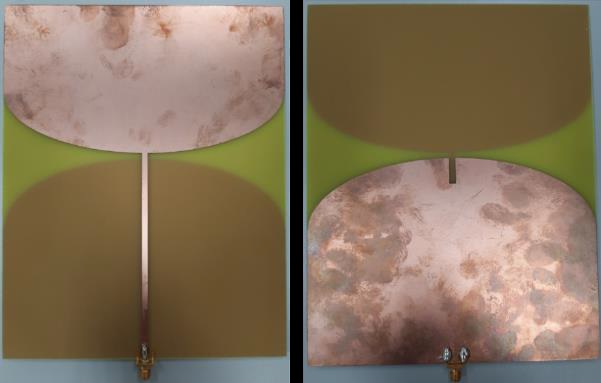
Project Descriptions:
Partial discharge (PD) is a crucial electrical phenomenon that initiates severe damage to high-voltage (HV) equipment. Among several methods of sensing PD, the ultra-high frequency (UHF) technique has recently gained popularity for its reliability, high sensitivity, and anti-interference capability. A UHF antenna can be used as a PD sensor to detect UHF signals generated by partial discharge to prevent further deterioration of the insulator of HV systems such as air-insulated switchgear (AIS) and gas-insulated switchgear (GIS). Due to the compact cylindrical shape of AIS and GIS, rigid antenna structures create installation problems, and hence, complex modifications are required to install them inside the system.
Last Update: 19/02/2025